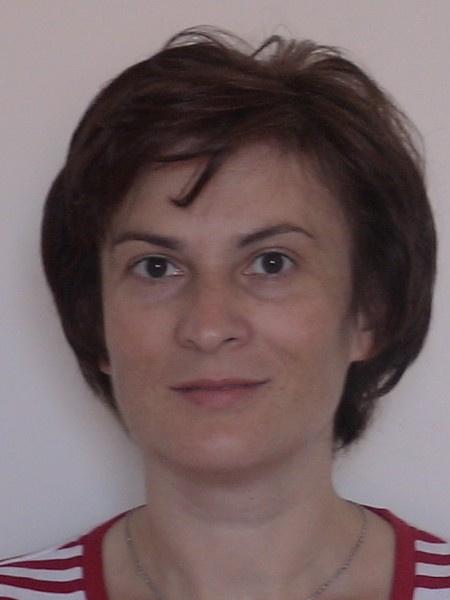abstract
Glycine is a well-known polymorphic amino acid extensively used as a precursor for proteins and a drug for treating various neurological diseases. Recently, a giant piezoelectric response and ferroelectricity found in its beta-phase have prompted intensive research aimed at controlled growth of this polymorph and at creating biocompatible piezoelectric sensors and actuators able to work in direct contact with a biological environment. In this work, a standard inkjet printing method was used to deposit stable isolated crystals of beta-glycine in predefined locations without using special conditions such as nanoconfinement. Narrow size distribution, notable piezoelectric response, and 100% phase control of the grown crystals allow using simple inkjet technology for the creation of various sensor and actuator architectures required for the next generation of flexible bioelectronic devices.
keywords
AMINO-ACIDS; PIEZOELECTRICITY; CRYSTALLIZATION; FERROELECTRICS; POLYMORPHISM; STABILITY; DOMAINS
subject category
Chemistry; Crystallography; Materials Science
authors
Slabov, V; Vasileva, D; Keller, K; Vasilev, S; Zelenovskiy, P; Kopyl, S; Shur, VY; Vinogradov, A; Kholkin, AL
our authors
Groups
G2 - Photonic, Electronic and Magnetic Materials
G3 - Electrochemical Materials, Interfaces and Coatings
Projects
acknowledgements
This work was developed within the scope of the project CICECO-Aveiro Institute of Materials, FCT ref. UID/CTM/50011/2019, financed by national funds through the FCT/MCTES. P.Z., S.K., and A.K. were partly supported by FCT (Portugal) through the Project PTDC/CTM-CTM/31679/2017. Part of this work was funded by national funds (OE), through FCT -Fundacao para a Ciencia e a Tecnologia, I.P., in the scope of the framework contract foreseen in the numbers 4, 5, and 6 of the article 23, of the Decree-Law 57/2016, of August 29, changed by Law 57/2017, of July 19. S.V. thanks Russian Science Foundation (Project 18-72-00053) for financial support. Part of the work was supported by the Government of Russian Federation (Act 211, Agreement 02.A03.21.0006). Ministry of Education and Science of Russian Federation is acknowledged for the support within Projects Nos. 418244 (V.S.) and 16-19-10346 (A.V. and V.S.). The research was carried out using equipment of Ural Center for Shared Use Modern Nanotechnology of Ural Federal University. V.S. and K.K. are grateful to the Erasmus+ exchange program for funding their stay at University of Aveiro.




